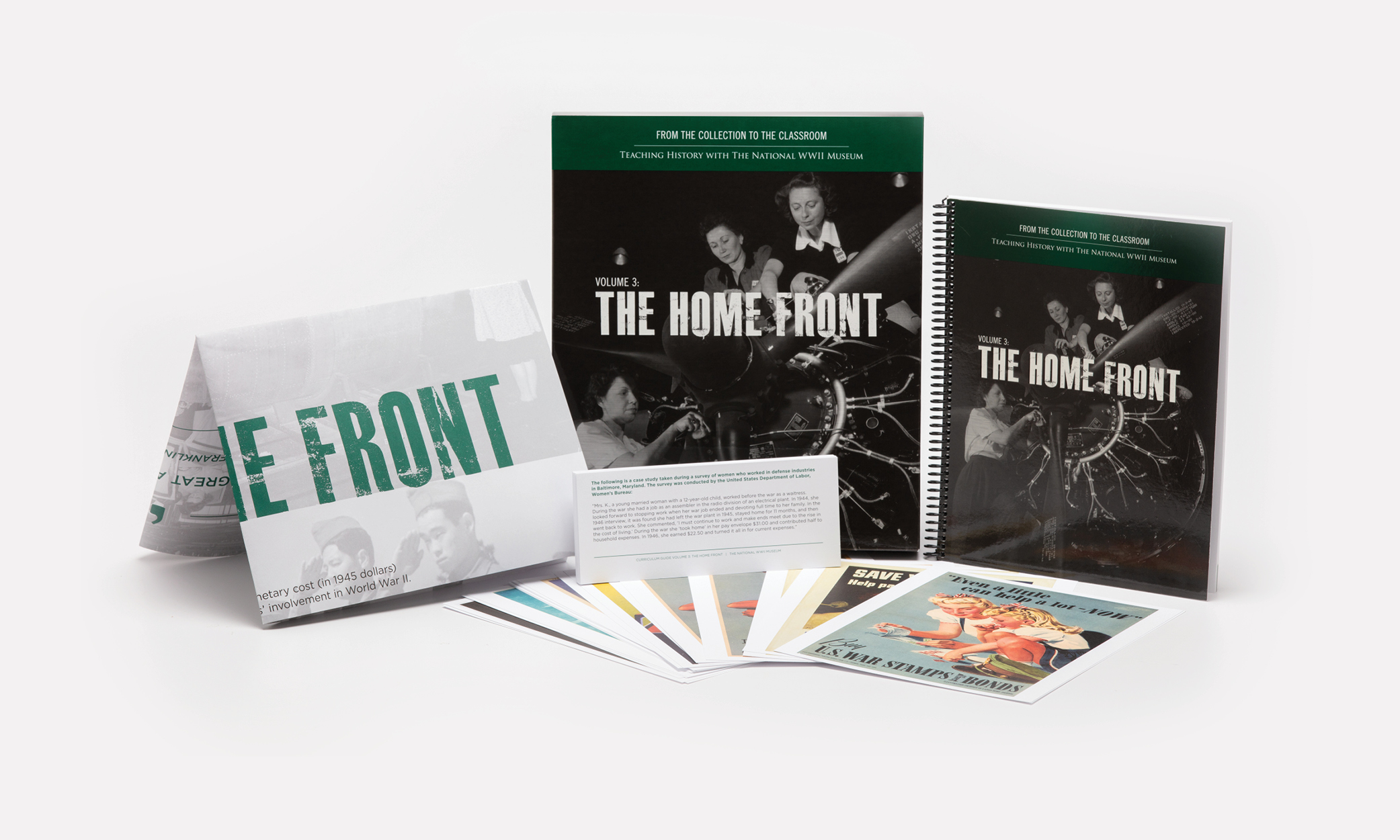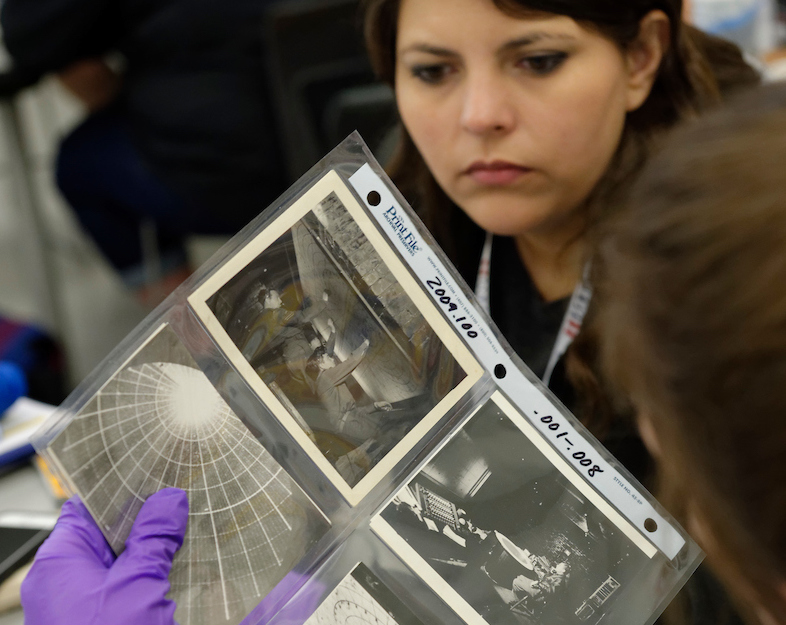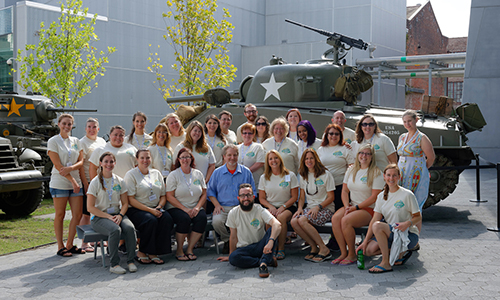When the United States declared war on Japan on December 8, 1941, one day after the infamous attack on the US naval base at Pearl Harbor, the country was suddenly driven out of a period of isolationism and onto the world’s stage as it mobilized the great arsenal of democracy. The journey was not easy, as the United States had to tackle significant challenges at home to meet the sudden demand for supplies and equipment needed to prepare for battle. Through essays, lesson plans, and multimedia resources, this curriculum guide will help students explore how the nation came together to solve complex problems created by the war, as well as the impact it had on the lives of everyday Americans due to wartime practices such as rationing, the draft, and segregation.

Women and the War: Supporting Historical Interpretations
In this lesson, students will evaluate two competing historical arguments about the impact of World War II on the role of women in American society. They will then support their conclusions using evidence from a combination of primary and secondary sources.
Rationing By the Numbers: Quantitative Data as Evidence
In this lesson, students will analyze information and data relating to the rationing of goods during World War II.
Dear Mother: Synthesizing Historical Evidence
In this lesson, students will analyze both primary and secondary sources relating to the experiences of American soldiers during basic training.
More Than Words Can Say: Analyzing Visual Materials as Primary Sources
In this lesson, students will analyze propaganda posters to make informed inferences about prevalent attitudes regarding issues of race, gender, loyalty, and personal responsibility in the United States during World War II.
What it Takes to Win: Mapping Primary Source Evidence
Using the Arsenal of Democracy Scrapbook, students will analyze primary sources to find examples of defense-related production around the United States which they then will represent spatially on a map of their own creation.
Communities at War: Reading Primary Sources Imaginatively
In this lesson, students will analyze primary sources discussing various civilian defense activities on the American Home Front, noting the central ideas and information contained in the sources.


